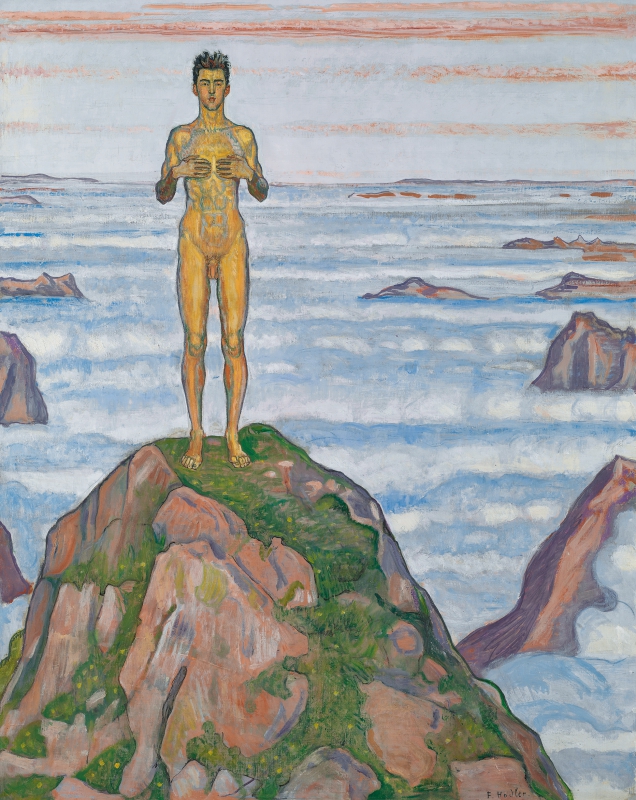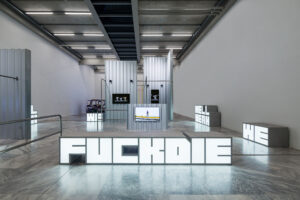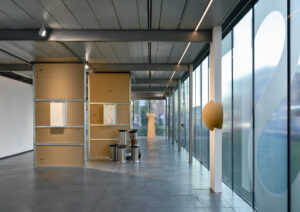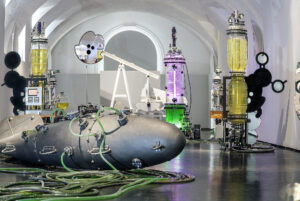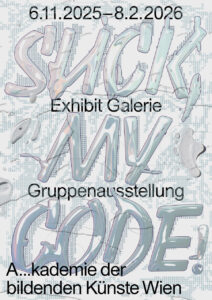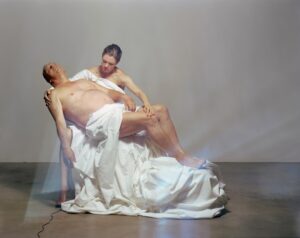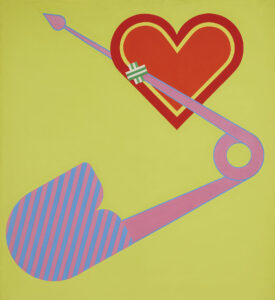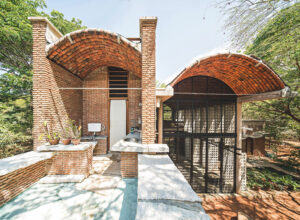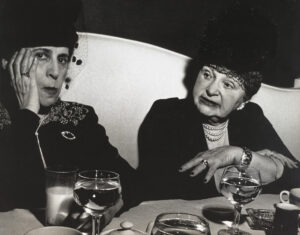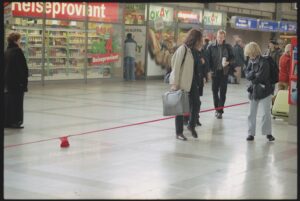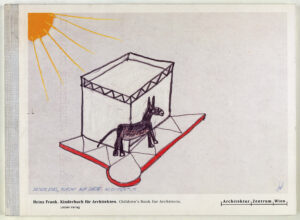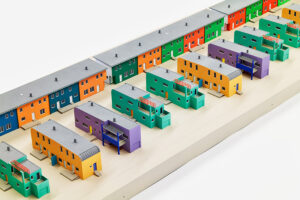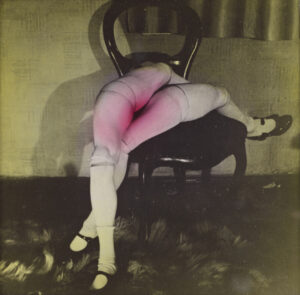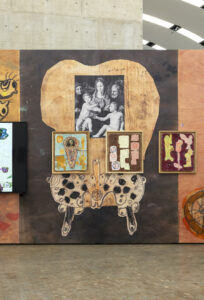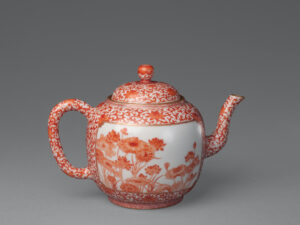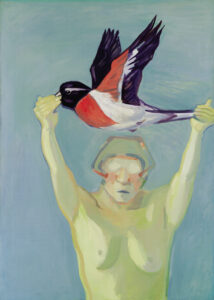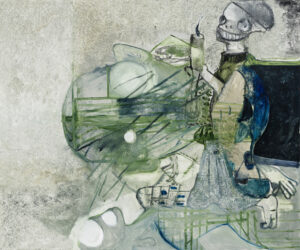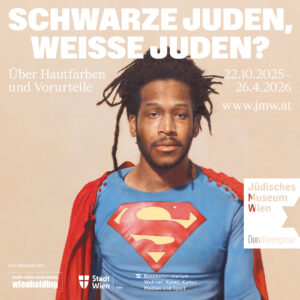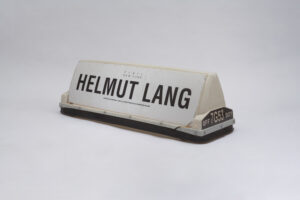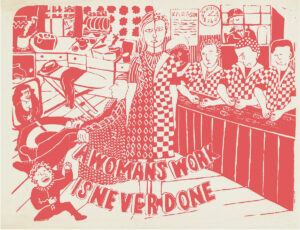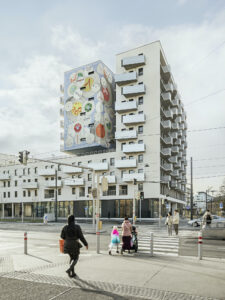The Fascination with the Occult around 1900
Ferdinand Hodler, Blick ins Unendliche III, 1903/04 © Musée cantonal des Beaux-Arts de Lausanne. Erworben 1994, Foto: Musée cantonal des Beaux-Arts de Lausanne
In the late 19th century, criticism of the materialism of industrialized society began to emerge. Many sought a new, nature-oriented way of life. Friedrich Nietzsche’s writings were avidly read, and Richard Wagner’s opera Parsifal was interpreted as a pacifist manifesto. The “painter prince” Hans Makart depicted scenes from the Ring des Nibelungen. Karl Wilhelm Diefenbach—a devoted admirer of Wagner, artist-prophet, and nudist—founded a rural commune near Vienna in 1897. The Vienna Secessionists embraced Wagner’s ideal of the Gesamtkunstwerk (total work of art).
For the first time in Vienna, a major exhibition examines the search for the “New Human” without ignoring the darker aspects of magical thinking. In this sense, the project Hidden Modernism also contributes to a critique of the present.
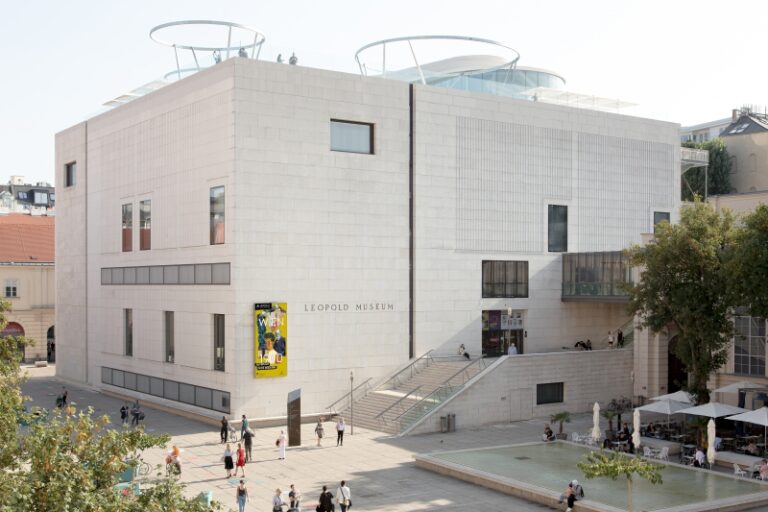
Leopold Museum
The Leopold Museum houses the art collection established by Rudolf Leopold. Its highlight is the “Vienna 1900” presentation, featuring the world’s most important collection of works by Egon Schiele, Gustav Klimt, Viennese Modernism, international Classical Modernism and the Wiener Werkstätte. The museum also shows special exhibitions in the context of the collection.
HIDDEN MODERNISM
4 Sep 2025 - 18 Jan 2026
Leopold Museum
Museumsplatz 1, 1070 Wien, Österreich
Ferdinand Hodler, Blick ins Unendliche III, 1903/04 © Musée cantonal des Beaux-Arts de Lausanne. Erworben 1994, Foto: Musée cantonal des Beaux-Arts de Lausanne
